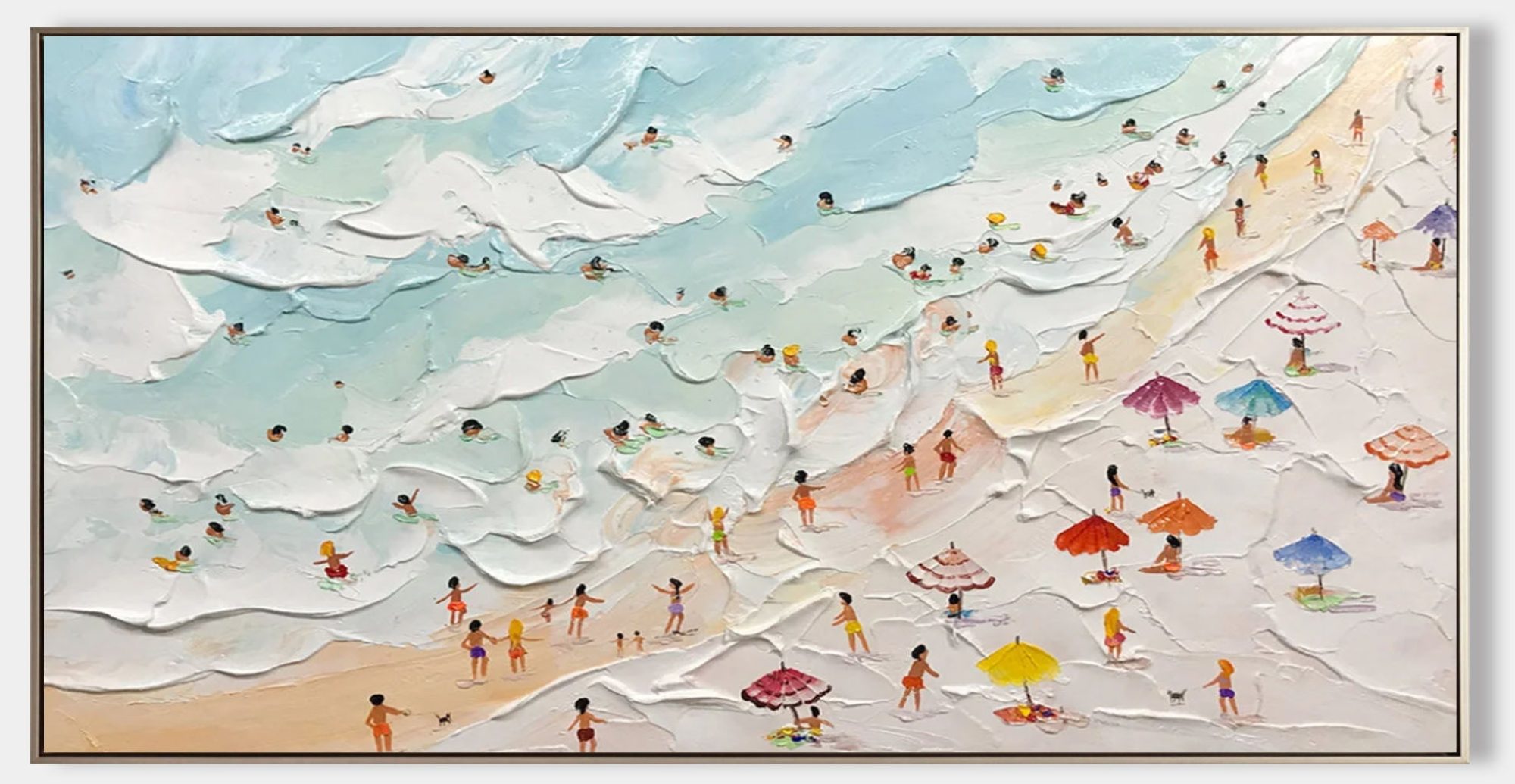Introduction: The Importance of Basics
When it comes to oil painting, getting the basics right is crucial. Whether you’re a beginner or an intermediate artist, mastering the fundamentals will provide the foundation needed for creating beautiful works of art. In this blog post, we’ll focus on the essential practices that will help you improve your oil painting skills.
1. Color Theory: The Key to Harmonious Paintings
Understanding color theory is essential in oil painting. Colors are the building blocks of every painting, and using them effectively can make a huge difference. Start by practicing mixing primary colors to create secondary and tertiary hues. Experiment with complementary and analogous color schemes to achieve balance and harmony in your work.
2. Brush Techniques: Control and Precision
Oil painting is all about brush control. Developing your brushwork will allow you to create textures, depth, and details. Start by practicing different brush strokes on a separate canvas before applying them to your main work. Use soft strokes for blending and stronger, more pronounced strokes for texture.
3. Lighting and Shadow: Bringing Depth to Your Paintings
Mastering the use of light and shadow can transform a flat painting into a dynamic one. Begin by practicing still life studies where you control the light source. Observe how shadows fall and learn how to build depth through shading techniques.
4. A Famous Painter’s Experience: Pablo Picasso
Picasso, one of the most influential artists in history, mastered the fundamentals before creating his iconic works. Known for his exploration of various artistic styles, Picasso’s journey was built upon a strong understanding of basic techniques. His work serves as a testament to the importance of mastering the basics before experimenting with new approaches.
5. Conclusion: Keep Practicing the Fundamentals
Mastering the basics may seem slow at first, but it’s the most efficient way to improve your skills in oil painting. Stay patient and keep practicing consistently—this will lead to noticeable improvements in your work.
Reference Reading
“How to Break Through the Oil Painting Struggles and See Real Improvement: A Practical Guide“
